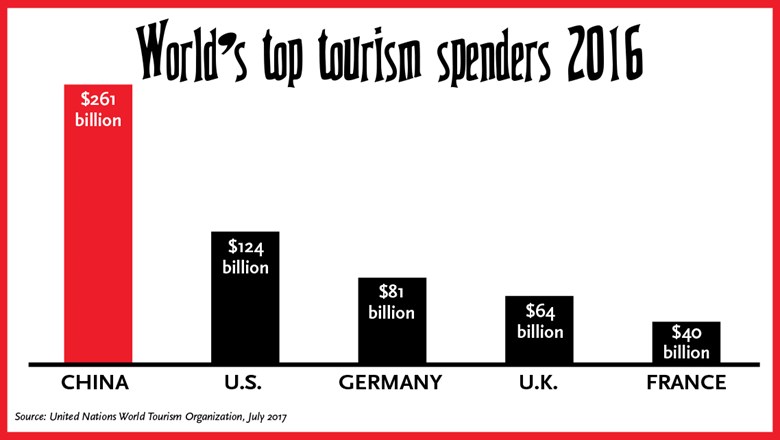Travel Market Report has seen a trend toward more all-inclusive properties; Many resorts have ditched resort credit to bring guests a vacation experience that is truly all-inclusive, including deeply discounted experiences like golf, spa treatments, tours and excursions.
Luxury travellers will rely more on travel agents. Just as 2018 was the year of multigenerational travel, 2019 will be about couples and adults. More hotels are catering to adults in kid-free environments, either by opening adults-only properties or adults-only sections within one property.
Guests are looking for “Insta-worthy experiences” and hotels are delivering. In Antigua, for example, properties are “now including extras like Galley Bay, where you can take a hobie out to explore a shipwreck; or Blue Waters, where they offer a free trip out to the reef for snorkeling; or Curtain Bluff, where they include waterskiing and motorized water sports.”
The trend is toward the unique. Travellers want that local culturally immersive experience nowadays. Everyone has ‘been there, done that’ with the major attractions and sightseeing destinations; people want that true ‘what the locals do and go’ experience. Smaller boutique hotels and even bed-and-breakfasts have become more popular for clients who want that small town, local charm and experience.
Hotels are offering “tours that take guests to authentic and not commercial spots, where they can interact with the grower or the local fisherman. Experiences that are off-the-beaten-path, so that discovery becomes the whole point of the excursion.
Meetings too, are looking for the unique and unusual. Groups are stepping out from traditional setups and layouts to introduce new space distributions and designs. For example, instead of having a U shape or a classroom set-up, clients are looking for a mix of furniture to create different spaces within the same room, and also looking to incorporate healthy choices in coffee breaks.




